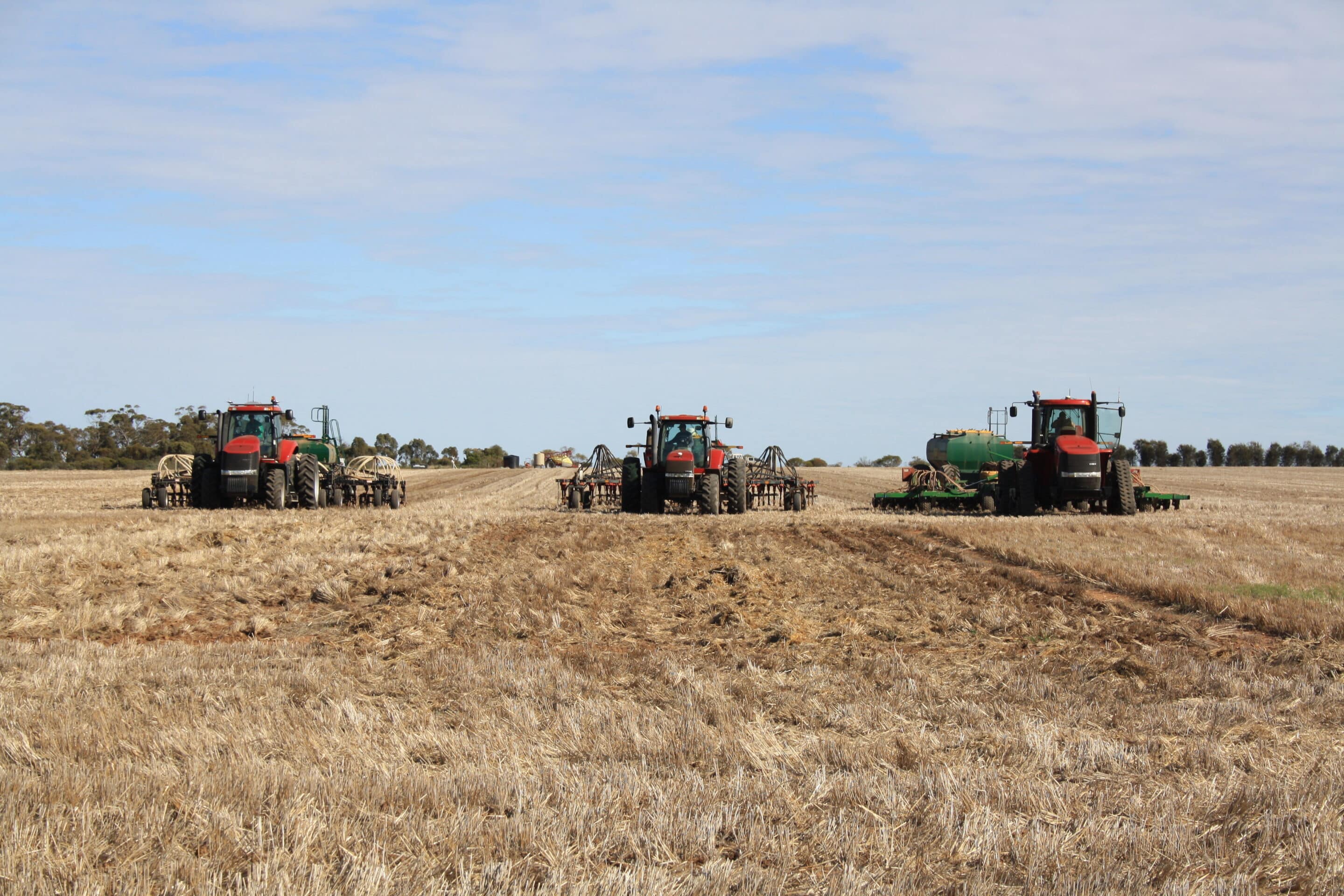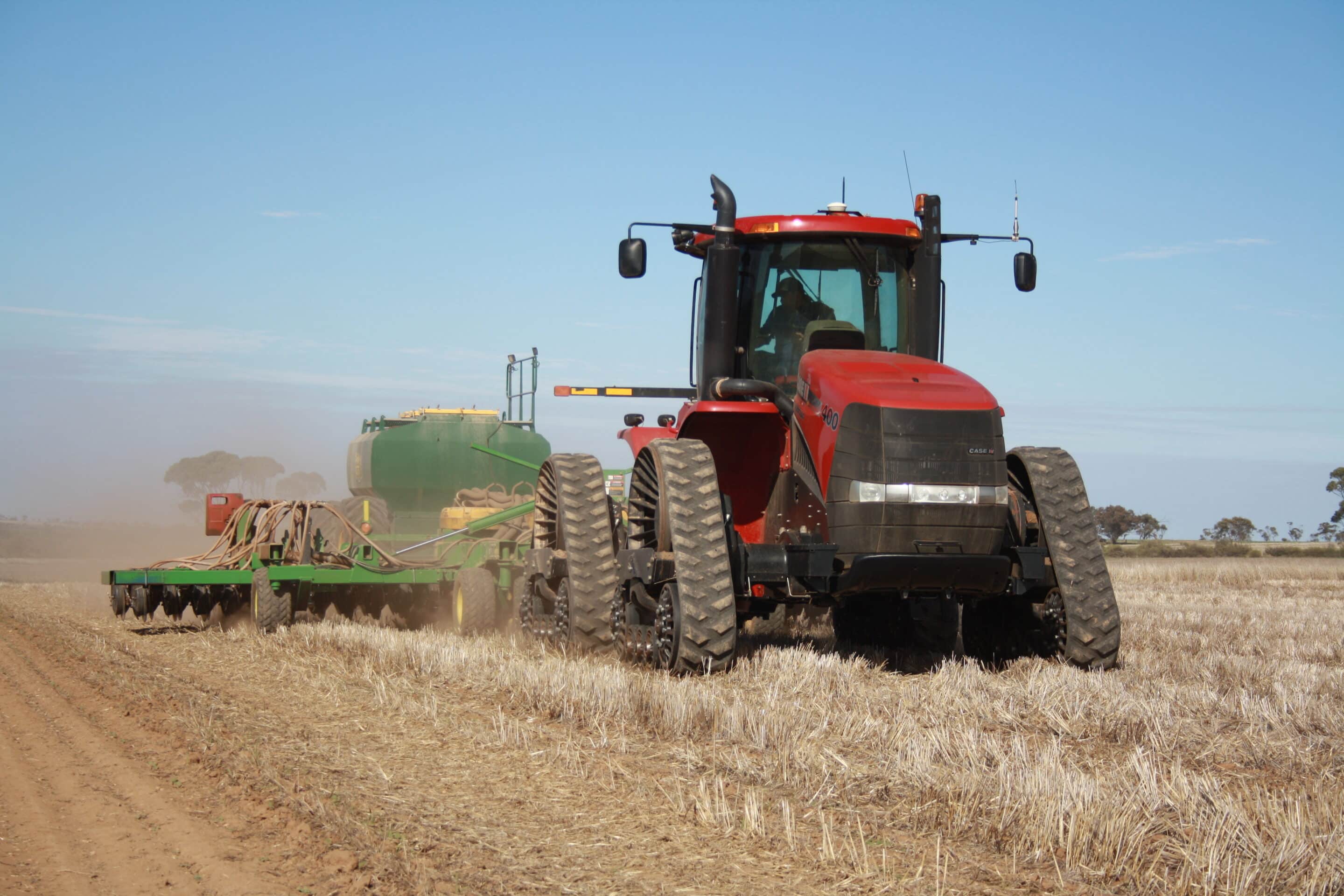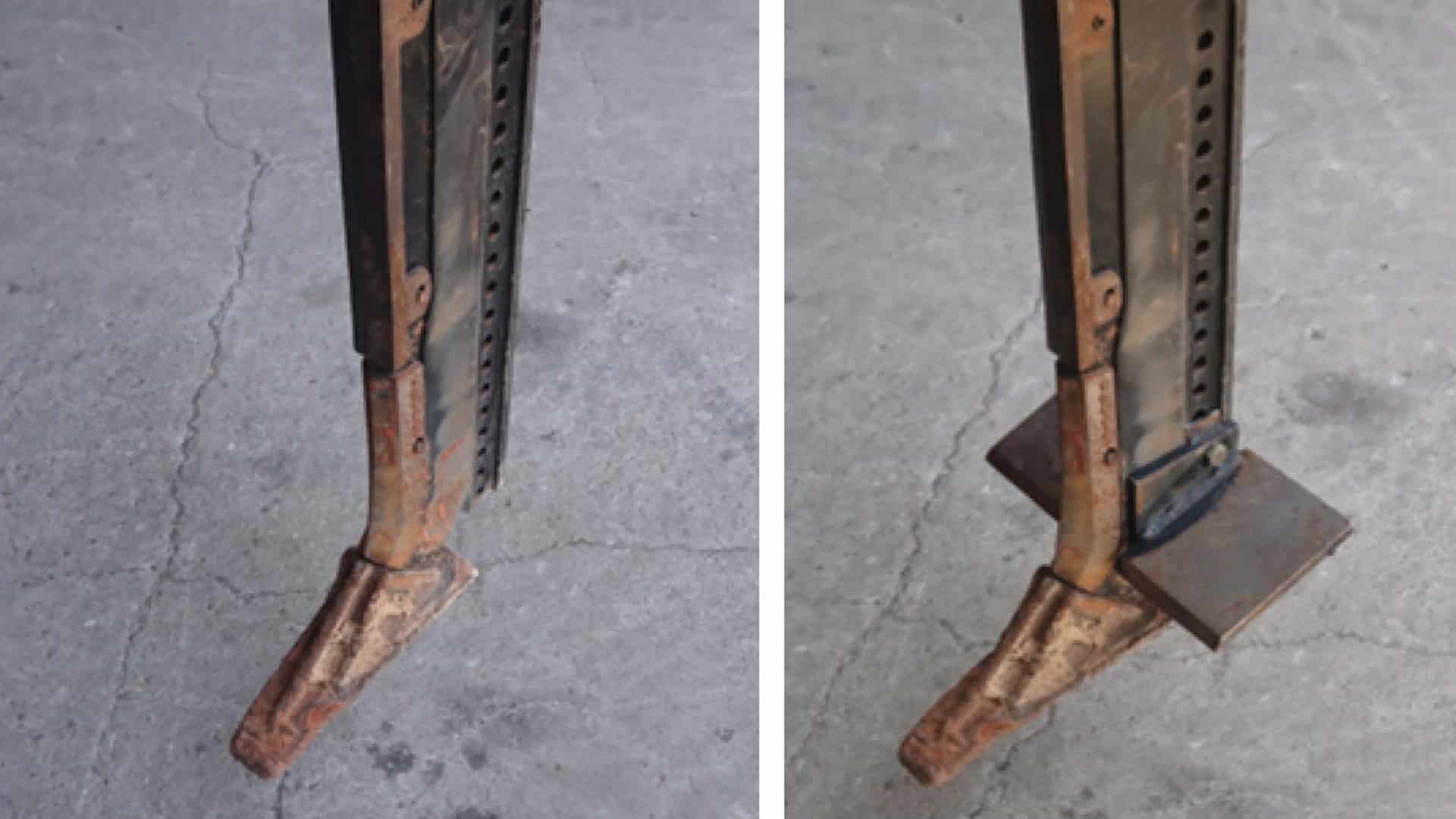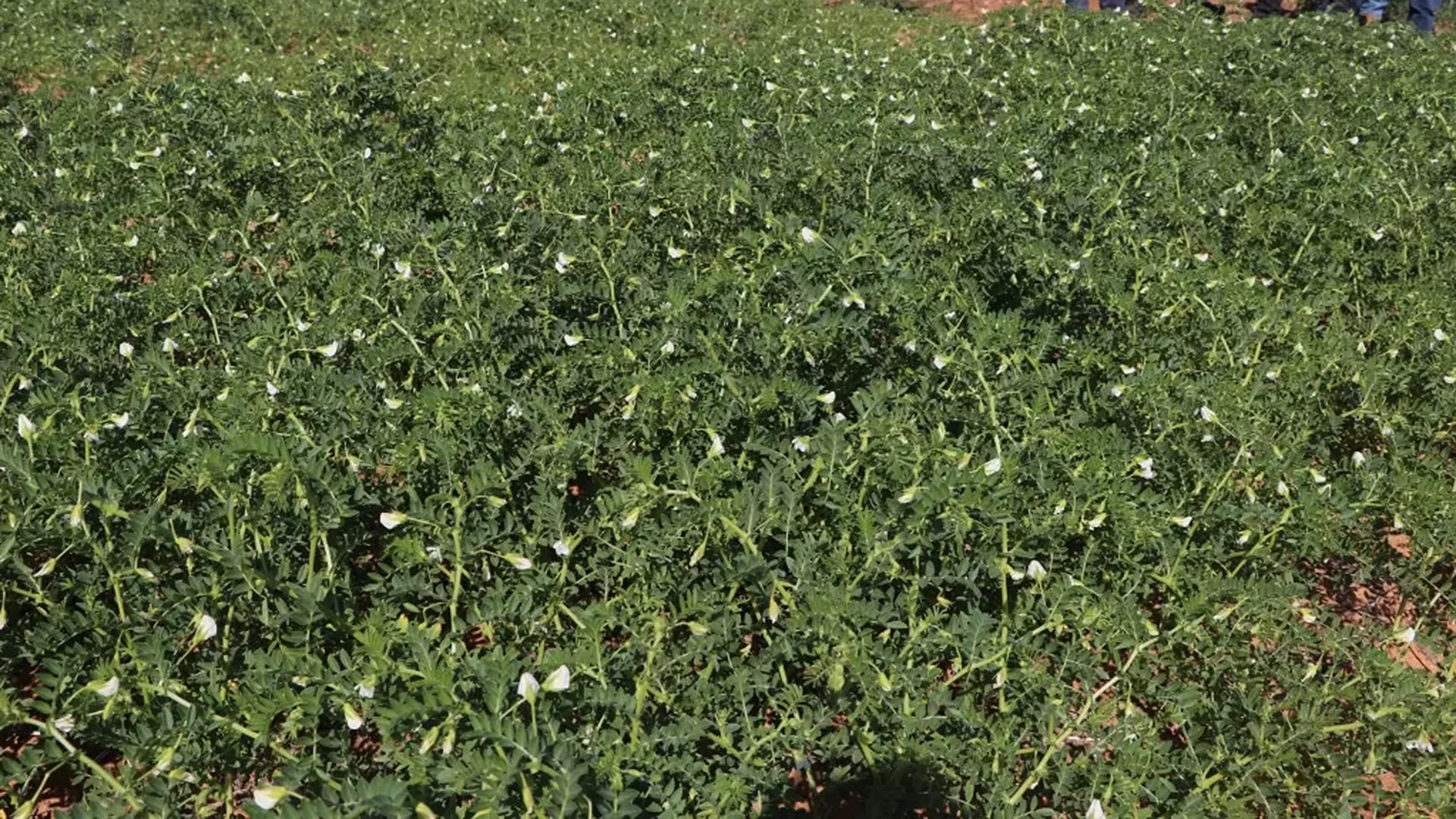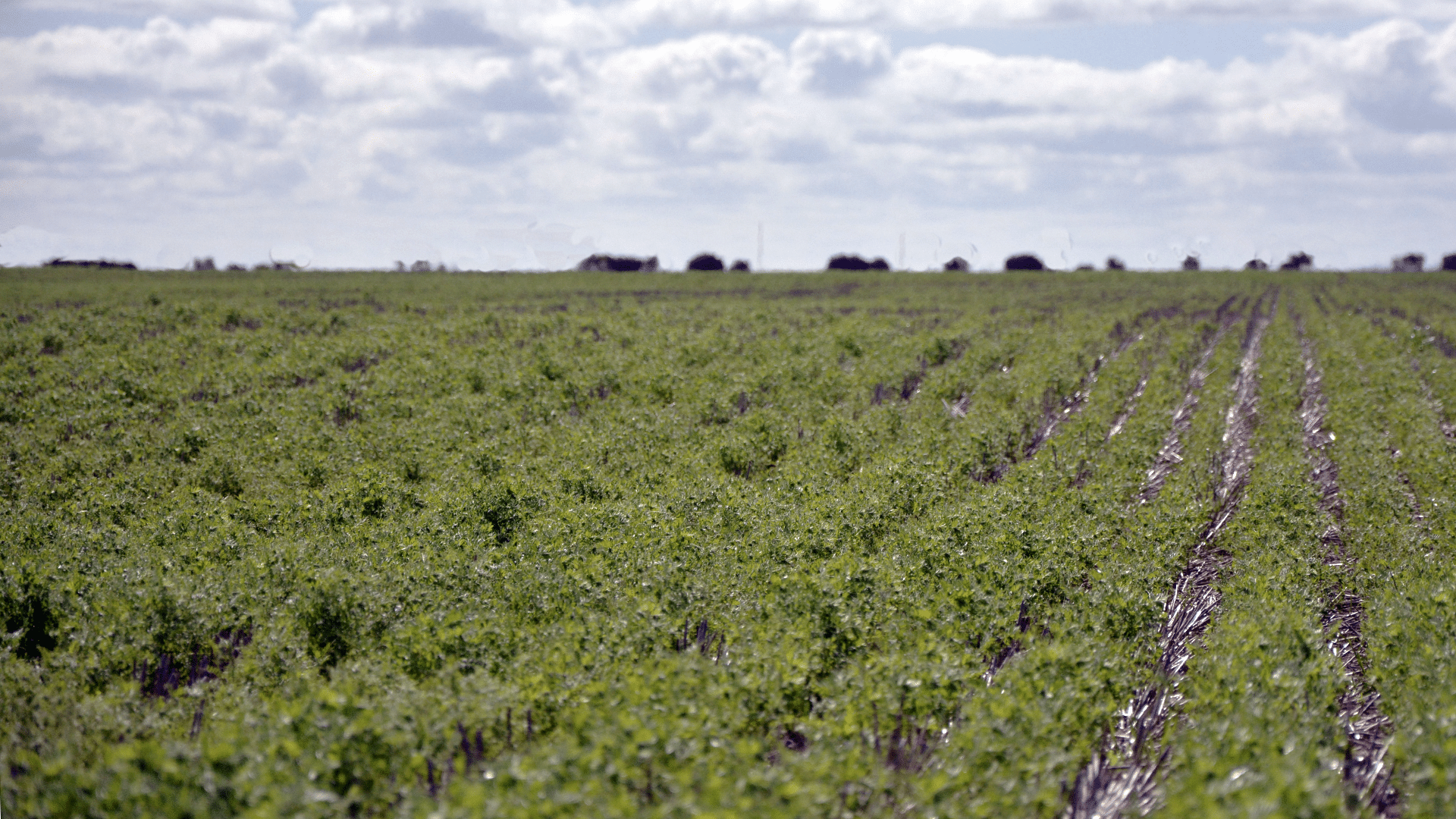START
FINISH
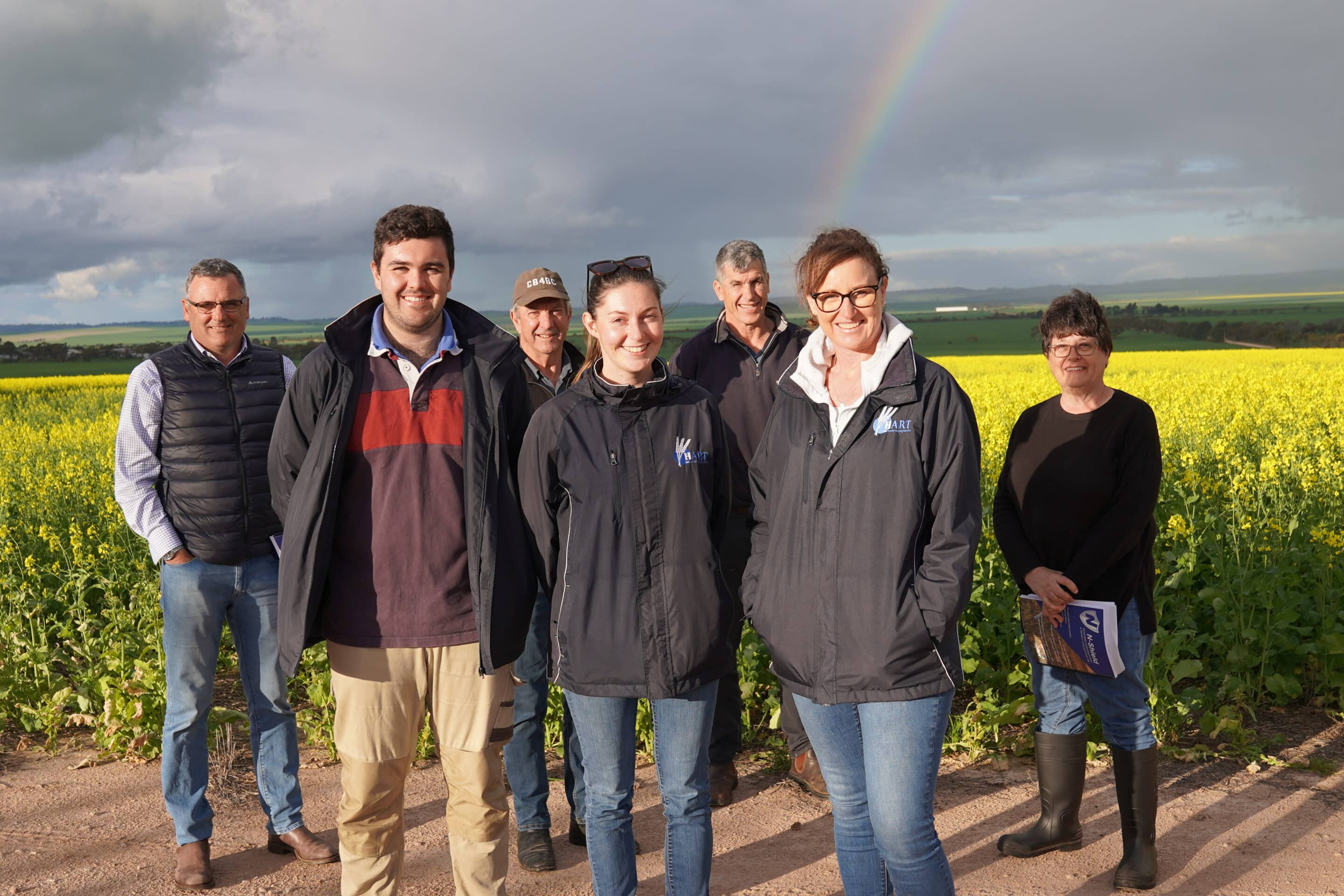
Summary
In the final iteration of the Hart long-term cropping systems trial, the impact of various seeding systems (disc, no-till and strategic) on crop yield were compared across wheat, barley and field pea crops. Across 22 years, no single seeder type or nutrition regime has given a consistently higher yield each season.
Although this long running trial has provided great value to growers since 2000, the decision-making behind growers selecting a seeder type is now influenced by many factors affecting crop management, including plant establishment, pests and weeds, sowing speed, stubble management, soil type and herbicide residue.
Background
The trial was initially set up in 2000 after rapid adoption of direct drill seeding systems by local growers in the late 1990s. The benefits of reduced soil erosion and improved timeliness of seeding were key drivers in the adoption of this technology.
The performance of crop grain yield (t/ha) was not significantly improved by any seeding system – disc, no-till or strategic. In the years when yield differences were observed, the no-till and disc system outperformed the strategic treatment.
Research Aims
The core objectives of the project were to determine the long-term effects of contrasting cropping systems and nitrogen fertiliser inputs on yield.
In The Field
In 2020, wheat was sown with three seeding treatments and two nitrogen treatments. The disc, strategic and no-till treatments were sown on May 27 and 29 using local growers Tom Robinson, Michael Jaeschke and Matt Dare’s seeding equipment, respectively.
The nutrition treatments included a medium treatment of base fertiliser (50kg/ha of MAP at seeding) plus one in-season N application of Urea at 70kg/ha on August 10. The high treatment included the base fertiliser (MAP 50kg/ha) plus two in-season N applications of Urea at 70kg/ha on August 10 and Easy N at 80L/ha on September 11.
In 2021, field pea was sown on May 28 (no-till), June 2 (strategic) and June 22(disc). The disc, strategic, and no-till treatments were sown by local growers using their own equipment. In years with cereals or canola, a varying nutrition treatment is applied. As the 2021 trial was field peas, no additional nitrogen was applied beyond the base rate of MAP at 50kg/ha. Due to the delayed seeding of the disc treatment, harvest data from 2021 was not analysed.
Results
Full results from the 22 years of research are available in this publication.
In 2020, wheat yields across the trial ranged from 2.3 to 3.0 t/ha. The disc seeder provided the highest yields at 3.0 t/ha followed by the strategic and no-till seeders at 2.6 t/ha and 2.3 t/ha respectively.
Over the life of the project, the performance of crop grain yield (t/ha) was not significantly improved by any seeding system – disc, no-till or strategic. In the years when yield differences were observed, the no-till and disc systems outperformed the strategic treatment. In nine years with differences in yield, approximately 60 per cent of those years had below average growing season rainfall.
It is unlikely any yield gains across the life of the project can be attributed to a particular seeding system due to varying growing season conditions.
Overall, seeding systems had little impact on the available starting soil nitrogen before each season, with disc and no-till treatments producing similar results over the life of this trial.
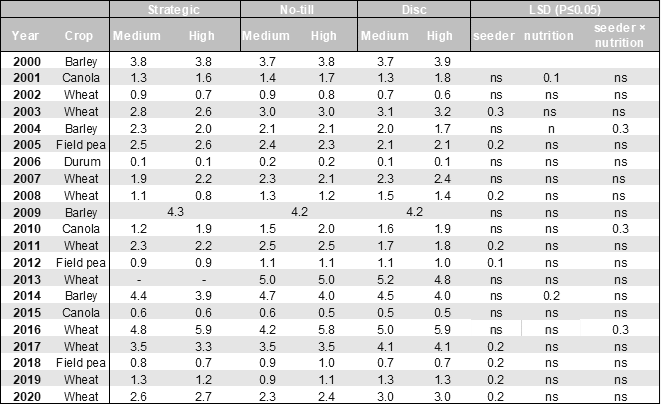
Table 1. Grain yield (t/ha) for seeding systems and nutrient treatments from 2000-2020. Medium nutrition treatments (Medium) represent standard practice for the district based on Yield Prophet® and general rules of thumb. High nutrition (High) treatment represents standard district practice plus an additional nitrogen application in season (generally an additional 20-50 kg N/ha). Grain yield data from 2021 was not analysed.
Soil organic carbon levels were measured in 2007, 2014 and 2021 and no differences were observed between the disc, strategic and no-till treatments.
A gross margin analysis from 2014 and 2015 displayed similar returns for each seeding system. In most years, the disc seeder had the greatest return of up to an additional $77/ha per year. The strategic and no-till treatments gave similar returns, which was attributed to the strategic treatment moving to a one-pass system.
In 2017, 2019, and 2020 the disc treatment had higher yields, resulting in higher gross margin returns. The return on nitrogen fertiliser inputs was similar across many years, with either small or no gains for high N treatments across disc, no-till and strategic treatments. The medium input treatment performed well across most years, providing a greater average return of $23/ha across the six-year period.
Project Participants
Hart Field-Site Group: Rebekah Allen, Dr Sarah Noack, Declan Anderson, Brianna Guidera
Growers: Michael Jaeschke, Matt Dare, Tom Robinson
The Problem
Understanding the long-term effects of different seeding systems and stubble heights, as well as different nutrition regimes, on crop yields.
The research
This project examines the long-term effects of different cropping systems and nitrogen fertiliser inputs in one of the few long-term cropping systems trials in the southern region. The project has accumulated more than 21 years of data (2000-2021).
More information
Rebekah Allen, Hart Field-Site Group
T: 0428 782 470
E: [email protected]
Value for Growers
Across the 22 years of this project, no specific seeder type (no-till, strategic or disc) or nutrition plan has given a consistently higher yield each season.
This long running trial has provided great value to growers since 2000, after a large focus on direct drill air seeders. With the decision-making for seeding systems now heavily influenced by numerous factors, the decision was made to not seek further funding for this project. Hart thanks SAGIT for its support of this project for many years.

